Ghost Hunting At Worcester's Civil War Battle HQ
By Steve Higgins
June 02, 2024
June 02, 2024
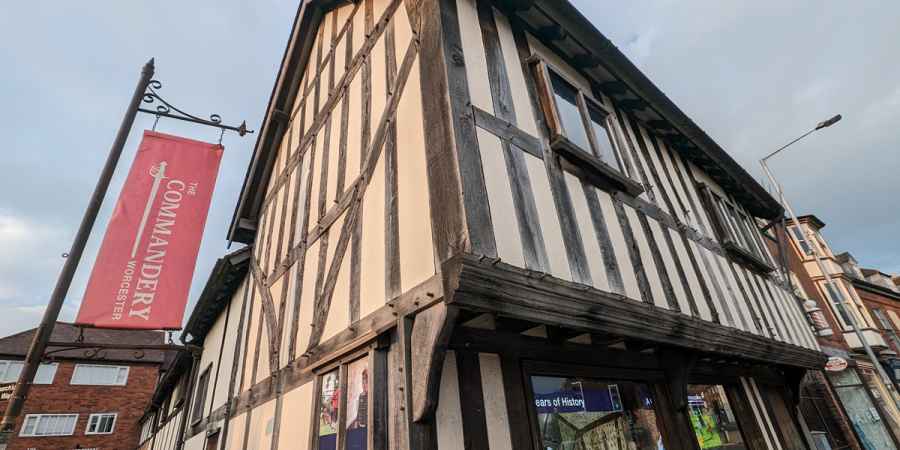

At the weekend, I headed to Worcester, an allegedly haunted location that I knew very little about. I'd be spending the night at the Commandery for a ghost hunt hosted by Most Haunted Experience (MHE), a public events company run by the team behind the long-running television show.
The four-hour-long ghost hunt was one of my most active ever. Now, I'm not saying what we experienced was paranormal for sure, but there were a fair few unexplained moments, and some of them, unusually, centred around me. It also wasn't the most explosive or dramatic activity, it was quite subtle, but that almost makes it more interesting.
From the street, the Commandery didn't give us any clues as to how big it was. The building is roughly U-shaped, we entered through double wrought iron gates between the two wings, where we were greeted by the MHE team and directed to the Great Hall, which we'd be using as our base room for the night. This stunning room with its curved timber beams is at the heart of the Commandery, linking the two wings.
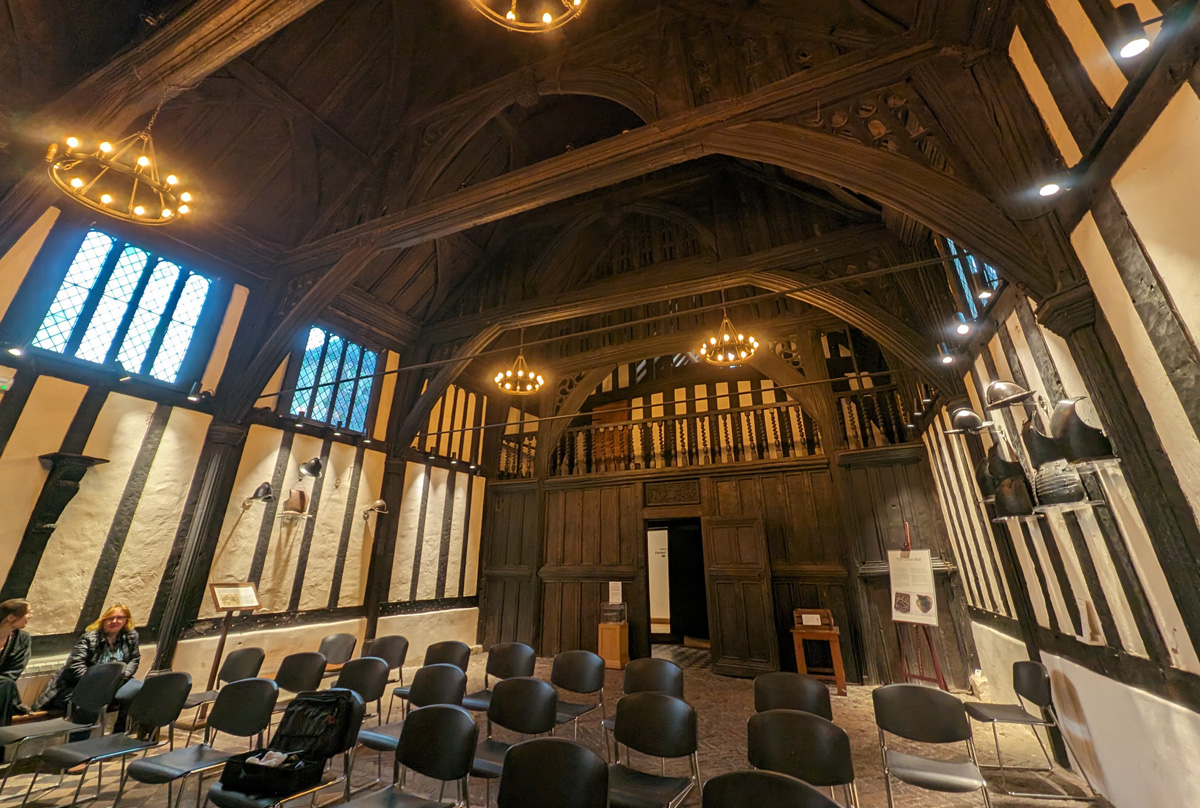
Today, the Commandery is a fascinating museum, but the historic building in the heart of the city is most famous for being a Royalist headquarters during the English Civil War. It is built on the site of an early medieval chapel, has been used as a monastic hospital, a family home, a college for the blind, and for a time housed the Littlebury Printworks.
With parts of the building dating back perhaps as far as 1085, countless people will have lived and died here over the centuries, especially since it was used as a hospital for hundreds of years, plus it was a key location during the Battle of Worcester in 1651. This has led some to attribute the many unexplained events that have occurred there to the ghosts of its varied past.
Joining us for the night were Karl Beattie and Stuart Torevell, investigators from 'Most Haunted'. Throughout the night, they'd dip in and out of vigils with the public. After a short welcome from Karl and Stu and the chance to get a photo with the pair, the ghost hunt began.
The guests were split into two teams and guided out into the darkened building by the MHE team. My group, consisting of 11 of us, was led upstairs to the Medieval Rooms. We stopped in an exhibit space behind the minstrels' gallery that overlooks the great hall. The lights were off at this point, and we were all standing around the edge of the room with various ghost hunting gadgets spread across the floor.
We started by going around the room and introducing ourselves. This is something that is often done at ghost hunting events, as it's a good way to get people involved and overcome their fear of calling out for the first time, but it also serves as a nice icebreaker if there are any spirits present that can hear us.
One by one, in a big circle, we all said hello and told anyone listening our names, working around the circle we were standing in. After the last person in the group said hello, the REM-Pod between him and the person at the start of the circle beeped. It was as if a spirit had stood there, making their presence known at the right moment.
A REM-Pod is a ghost hunting gadget that radiates its own electrostatic field. If anything conductive enters and disturbs the field, the gadget lights up and beeps to alert investigators. There was no obvious reason why the REM-Pod should have triggered at this moment, and what made the incident a little more interesting was the fact that the REM-Pod hadn't triggered at any point before and didn't go on to trigger again.
Later, joined by Karl and Stuart, we started to hear some very subtle knocking, which seemed to be responding to some of our questions, although it was a bit hit or miss. After trying to elicit responses by asking the spirits to copy us as we banged on wooden surfaces, a few of the guests noticed that the knocks seemed most responsive when I was the one encouraging them to interact.
I rarely get any direct responses myself, so it was quite rare for the taps to be mimicking me as I knocked my fist on a door frame. The knocks became quite clear and seemed to answer my questions, until suddenly it seemed I'd offended it or something had changed, and the knocking stopped.
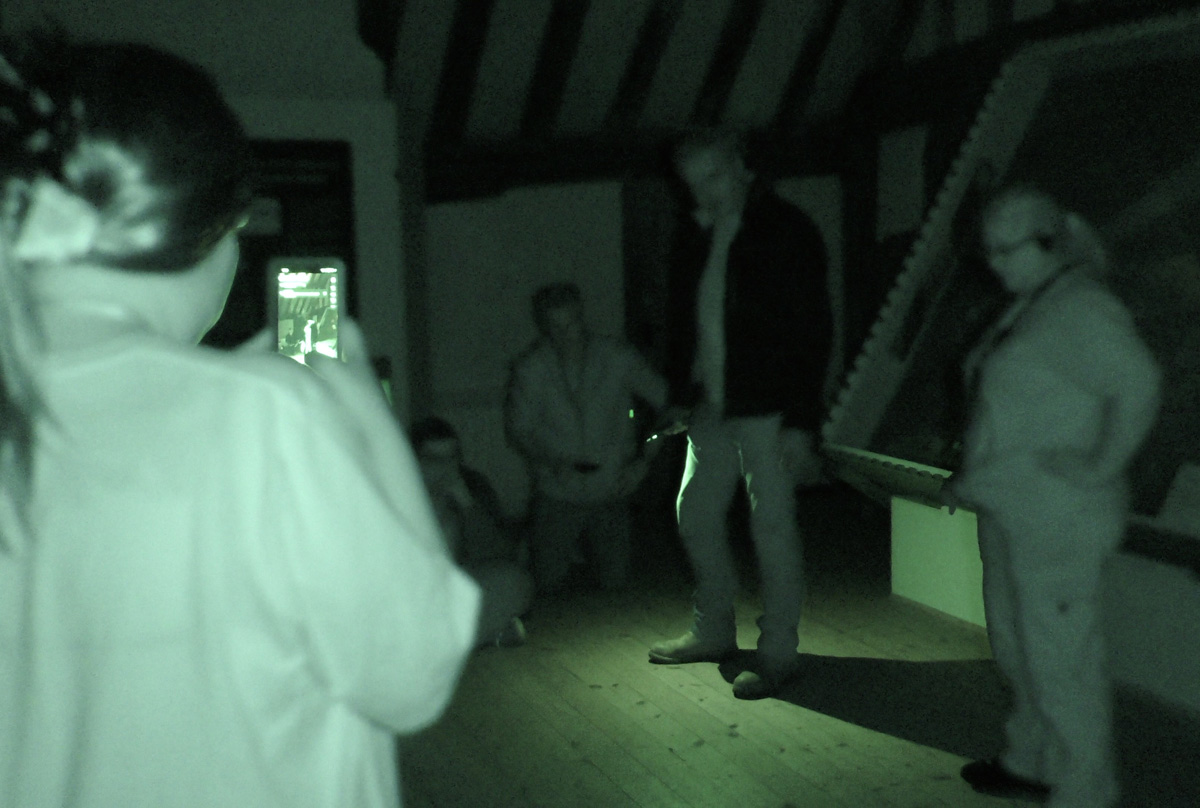
As the room had fallen quiet, we continued our exploration of the Medieval Rooms, passing through the historic and superbly decorated Painted Chamber. We eventually ended up back on the ground floor in a part of the museum below the Medieval Rooms, which is dedicated to the old print works.
It was in these rooms that one of the most talked-about moments of the night occurred. While calling out to the spirits and asking them to interact with the various ghost hunting gadgets available to them, many of the guests heard what they described as a growl. I was actually in an adjoining room, so I didn't hear it at the time, but a guest played it back to me.
The creepy noise, which sounded like a gruff voice saying "yes," was odd and hard to explain, although I was less impressed at this moment than other guests, perhaps because I hadn't been in the room to witness the sound for myself. For me, it could have been the voice of one of the people in the room at that time.
The reason I was in the other room was because I was distracted by another mystery. Upon arrival at the print works, the team set up the kit. This included placing a K-II meter on top of one of the exhibits. This handheld device is designed to detect sources of electromagnetic fields (EMF). The device has five lights that illuminate in sequence from green, through yellow and orange, and into red to indicate the strength of a field it detects.
Oddly, where the K-II was placed, the lights immediately jumped up to a solid orange. K-II meters are very susceptible to interference from things like mobile phones and wifi networks, but these sources cause the K-II to rapidly flash - an indication of the digital packets of data being sent, but when the light is solid, like it was at the print works, indicates that the device isn't picking up any kind of interference.
I'm satisfied that the solid glow of three of the lights on the EMF meter meant that it was detecting an electromagnetic field within the scope of its detection range, which covers Extremely Low Frequencies (50 to 1,000Hz) and Very Low Frequency (1,000 to 20,000Hz).
Despite trying, even with multiple K-II meters, we were unable to find a source of this high reading. There were no electronic devices, the reading was as high close to the floor as it was at head height, and the field seemed to cover a large portion of the room.
Obviously, I'm not saying this means a ghost was nearby, but it was weird and highlights the importance of conducting baseline tests. It might be that this particular room was an EMF hotspot for whatever reason, and things like high electromagnetism should be measured and ruled out as part of an investigation. This is important as it is said that exposure to strong fields can trick us into perceiving certain things, like shadows and feelings, which can be mistaken for paranormal activity.
As the guests discussed the growl and debated the weird EMF readings, we headed back to the base room for a break, which included the chance to raise our caffeine and sugar levels with a complimentary hot beverage and a chocolatey snack. I opted for a two-finger KitKat.
The second half of the night took us to the building's opposite wing and the Georgian Rooms. We started on the first floor, where some guests had some personal experiences, but the investigation was generally quieter here than in the other wing. From here, we passed into the wood-panelled Tudor Rooms before passing into an area with exhibits dedicated to the English Civil War. We stopped in various spots along the way and attempted to stir up some paranormal activity, but didn't have any success.
Towards the end of the night, we had a little free time to explore the building ourselves. So, passing by a plaster likeness of Oliver Cromwell's face cast from a wax mould taken of his face at the time of his death in 1658, we went downstairs to the Presidents' Room. This Georgian parlour tells the story of an important visit in 1786 by senators John Adams and Thomas Jefferson, who went on to become the second and third presidents of the United States.
My night at the Commandery was an enjoyable one. It was great to get the opportunity to explore this unique museum, which is worthy of a return visit during the day. It was also a thought-provoking and eventful investigation, made all the better by the enthusiastic guests in our group and the guidance of the MHE team.
If you want to hunt for spooks at the Commandery for yourself, you can book your own ghost hunting experience at the location with Most Haunted Experience, which currently has various dates available throughout 2024. You can find out more at mosthauntedexperience.com.
Further Reading
Dive into the world of the paranormal and unexplained with books by Higgypop creator and writer Steve Higgins.
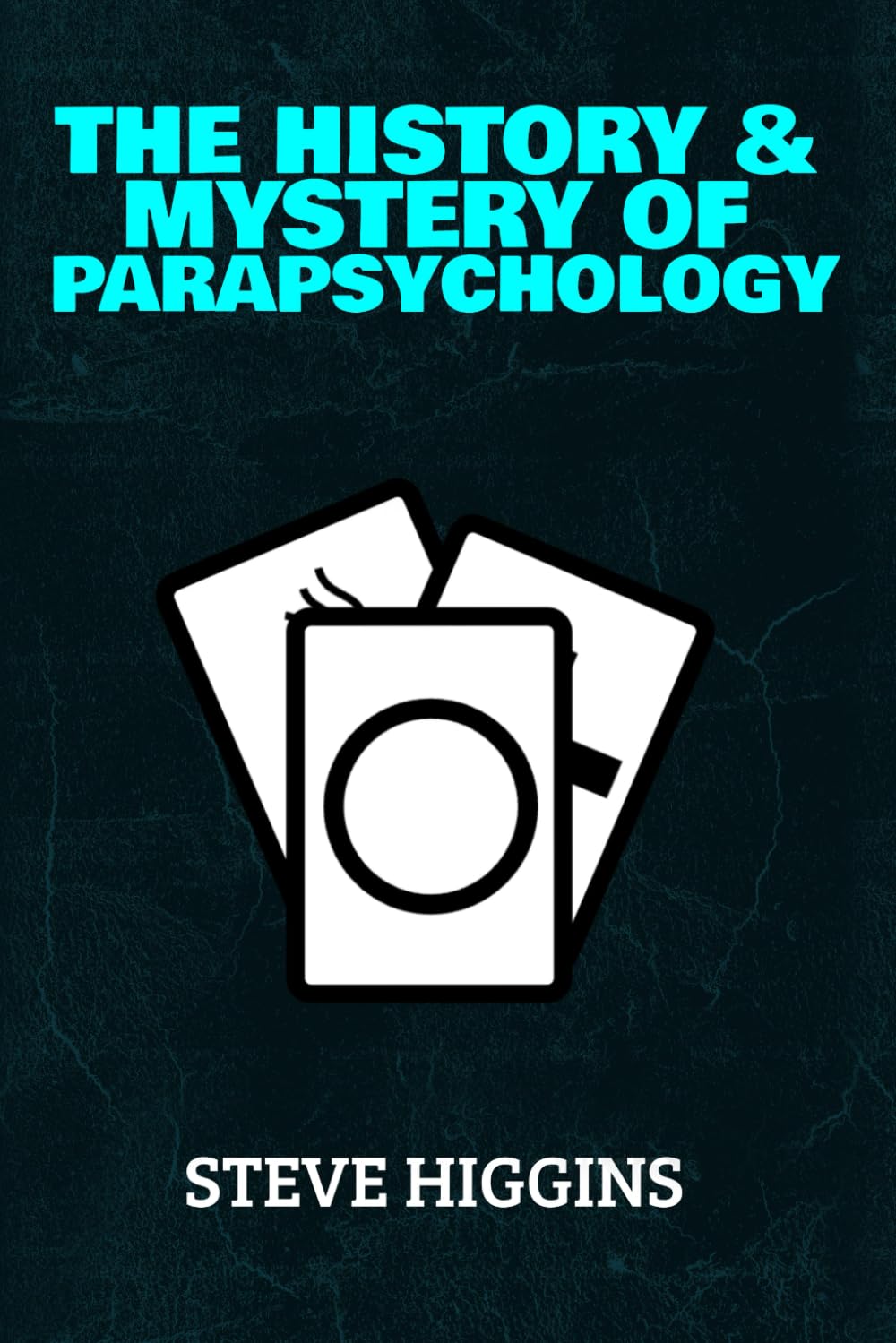
The History & Mystery Of Parapsychology
A deep dive into paranormal phenomena, exploring history, science, and psychology.
Buy Now
Whispers From The Other Side
A guide to capturing and analysing EVPs for ghost hunters of all levels, covering techniques and theories.
Buy NowMore Like This
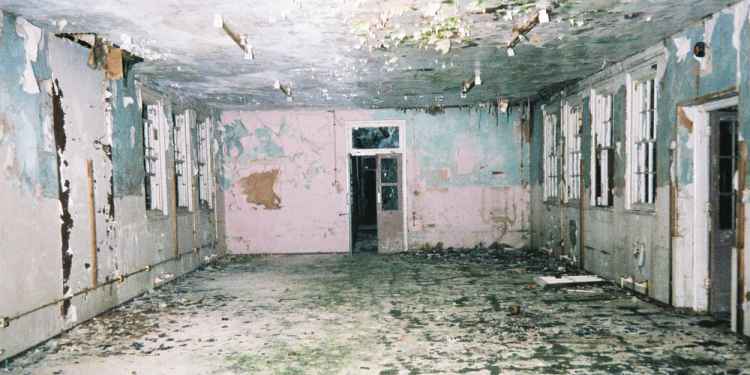
ParanormalOctober 20, 2024
My First Ever Ghost Hunt: 20 Years Ago This Halloween Night
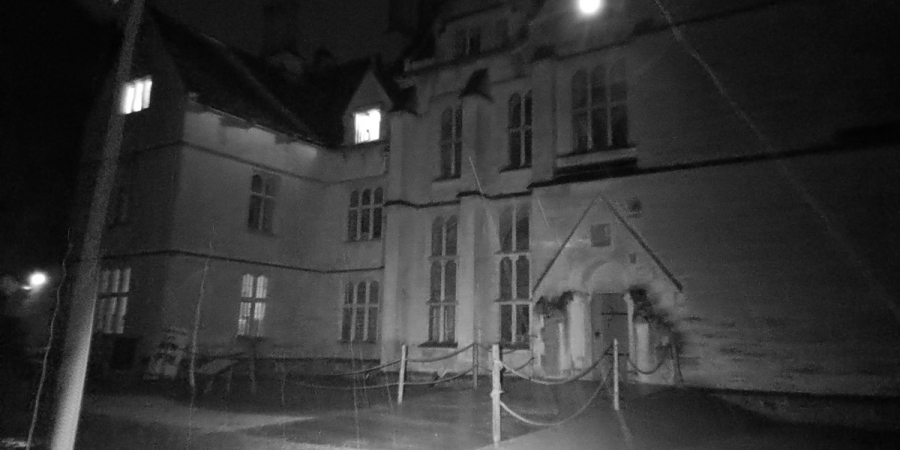
Ghost HuntsApril 10, 2024
My Ghost-Hunting Return To Woodchester Mansion

Ghost HuntsJanuary 31, 2024
I Spent The Night In A Haunted Coffin Factory
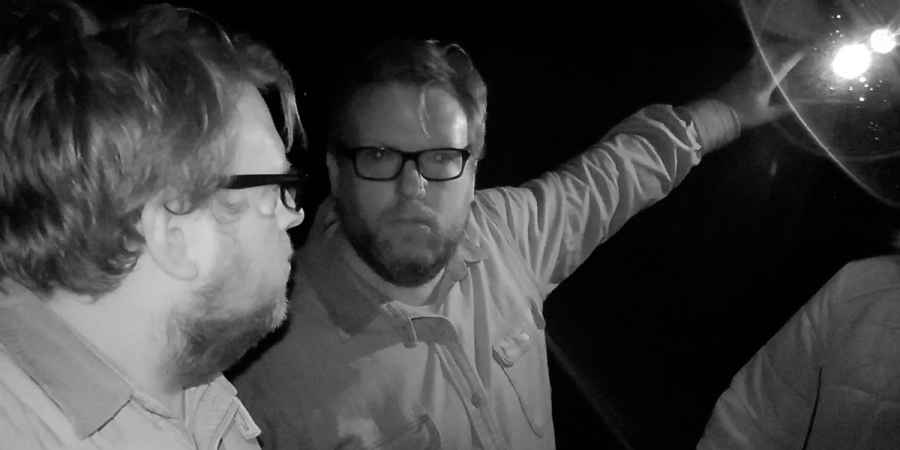
Ghost HuntsNovember 20, 2023
Ghost Hunting At Warwick Castle
 See More on Audible
See More on Audible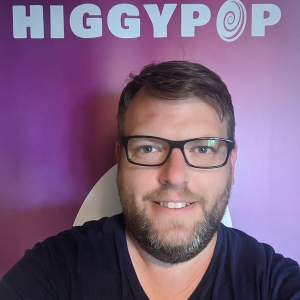

Comments
Want To Join The Conversation?
Sign in or create an account to leave a comment.
Sign In
Create Account
Account Settings
Be the first to comment.